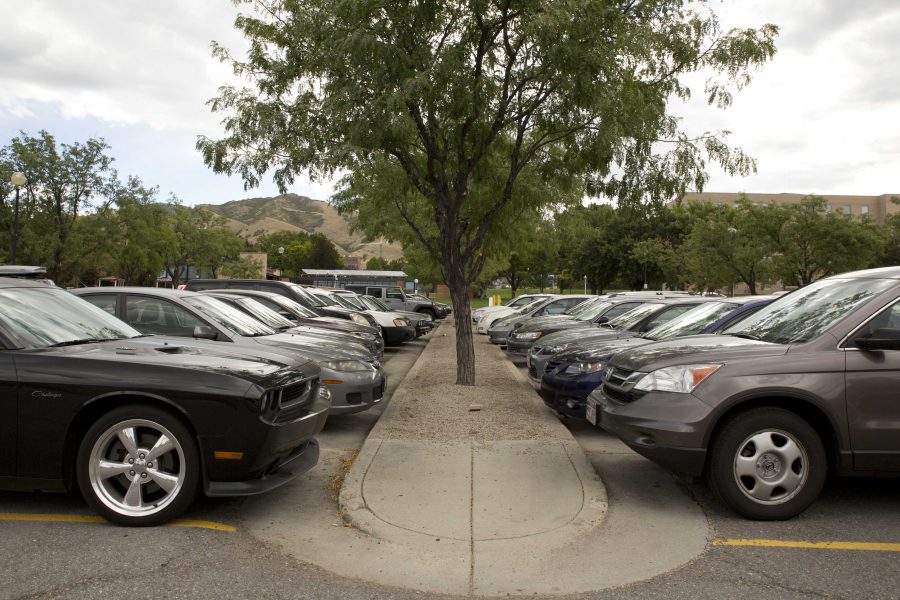Infotainment systems are designed to help drivers reach their destinations with ease but University of Utah researchers paired with AAA Foundation for Traffic Safety to find that they actually do the opposite.
With directions at your fingertips to change course in a split second, or voice command so your hands never leave the wheel can be more dangerous than driving while using a smartphone. The research team found that using voice commands or touch-screen technology can take the driver’s attention for over 24 seconds.
Professor of Cognitive and Neural Science in the U.’s psychology department, David Strayer, teamed up with Joel Cooper, Madeleine McCarty, Douglas Getty, Camille Wheatley, Connor Motzkus, Kelly Mackenzie, Sydney Loveless, Jess Esplin, Rachel Goethe and Francesco Biondi in this research.
The group evaluated five different 2017 and 2018 model vehicles with CarPlay, Android Auto and the infotainment systems native to the vehicles.
Researchers found smartphones to be on average 24 percent faster than the built-in systems when making phone calls. Phones beat out the native systems by over 30 percent in their speed of programming navigation.
This research was done with a 2017 Honda Ridgeline RTL-E, 2017 Ford Mustang GT, 2018 Chevrolet Silverado LT, 2018 Kia Optima (UVO) and a 2018 Ram 1500 Laramie.
“Automakers are experts at building safer cars, but Google and Apple are more skilled at building safer vehicle infotainment technology,” said Marshall Doney, AAA’s president and CEO, to @TheU. “By leveraging their strengths, the two industries must work together to significantly improve the design, functionality and safety of these technologies.”
In light of these findings, State Farm released an Infotainment Systems Safety Guide.
“Consider ease of use,” State Farm said. “If you’re purchasing a car, compare infotainment systems to find the safer options. After your purchase, practice using the infotainment system before you hit the road. Stick to short commands. Using an infotainment system can be as mentally demanding as solving a math problem. Therefore, stick to simple, passive activities. Having texts read to you, for example. Stay engaged in driving and minimize all distractions, including those that can come from an infotainment. Use the infotainment system only when you’re parked somewhere safe.”
AAA hopes that the findings will lead to infotainment systems that are more familiar in use, letting driers quickly get back to focusing on the road.
“It does show that there is a blueprint for making these systems safer,” Strayer told KSL. “The car manufacturers can look at CarPlay and Android Auto and try to make their systems so that they behave at a similar level.”
A few seconds may not sound like a lot at first but, according to Strayer, a few seconds double a driver’s risk of crashing.
The United States Department of Transportation National Highway Traffic Safety Administration (NHTSA) reported “In 2016 alone, 3,450 people were killed. 391,000 were injured in motor vehicle crashes involving distracted drivers in 2015.”
NHTSA also found “During daylight hours, approximately 481,000 drivers are using cell phones while driving. That creates enormous potential for deaths and injuries on U.S. roads. Teens were the largest age group reported as distracted at the time of fatal crashes.”
Strayer emphasized to @TheU, that the best time to use a phone or infotainment system is when the car is off.
“Even though they can be done while the car is in motion, it is not necessarily safe to do so,” Strayer said. “Just because the vehicle allows you to do it doesn’t mean it’s safe to do it.”


